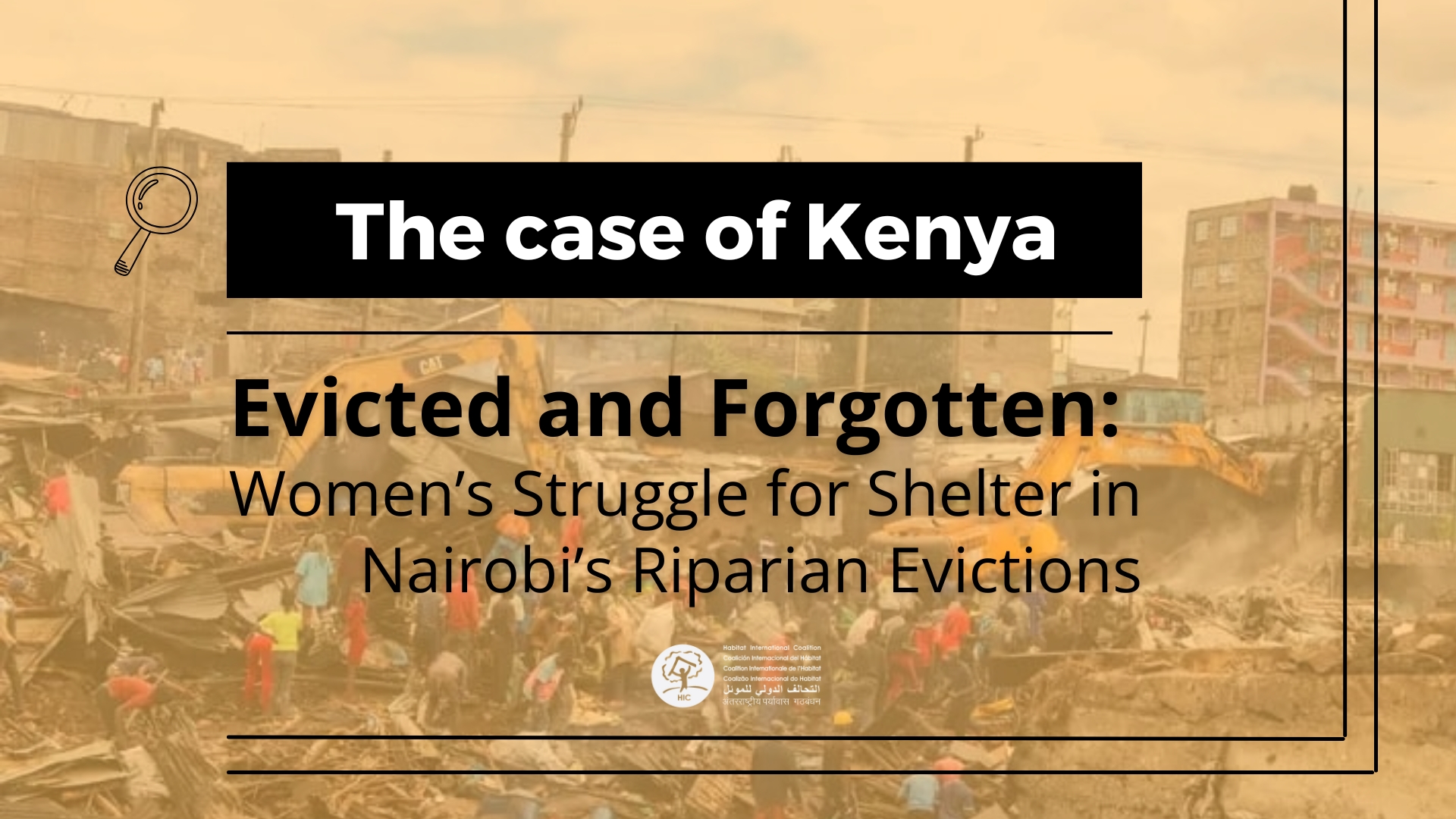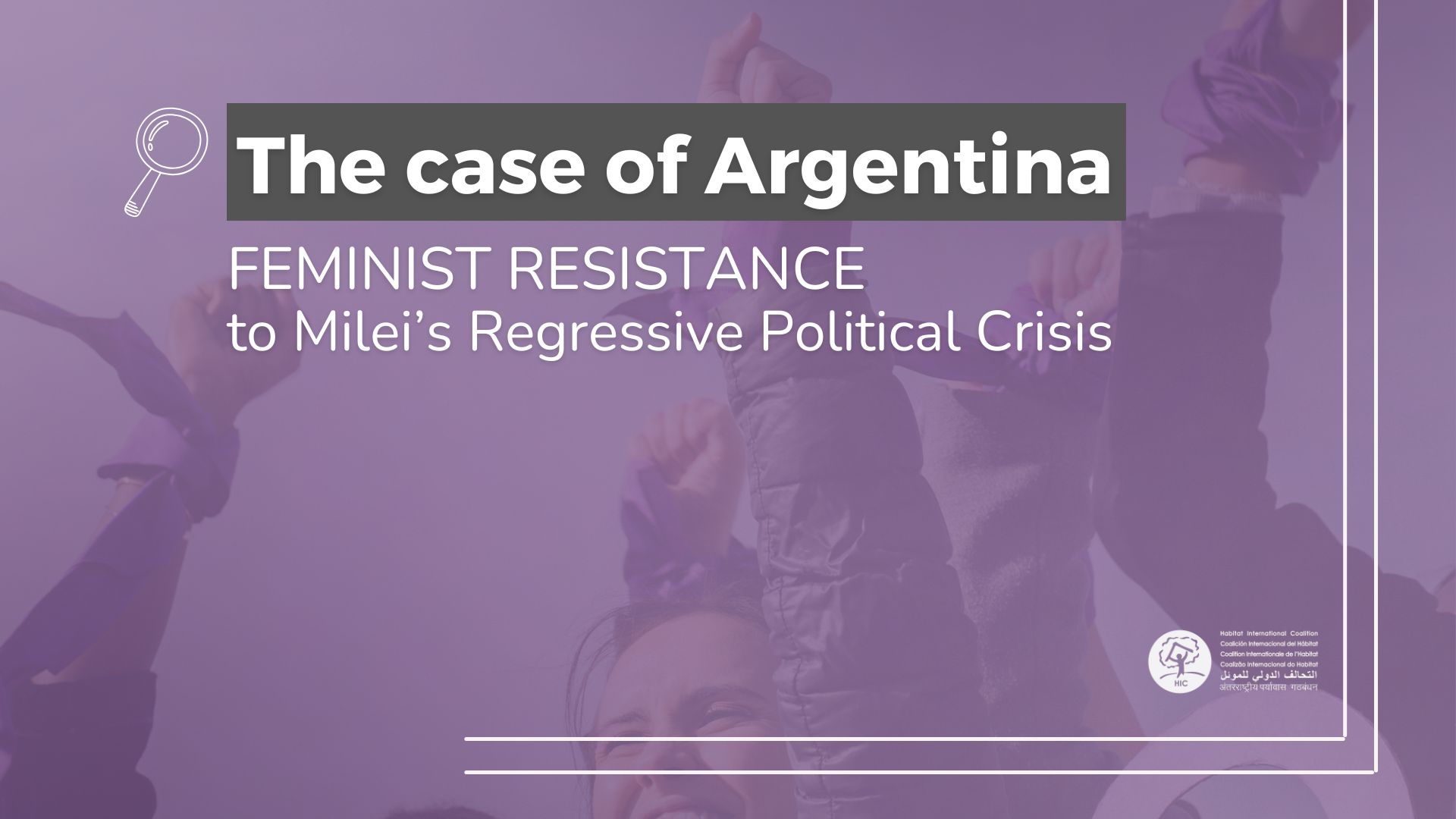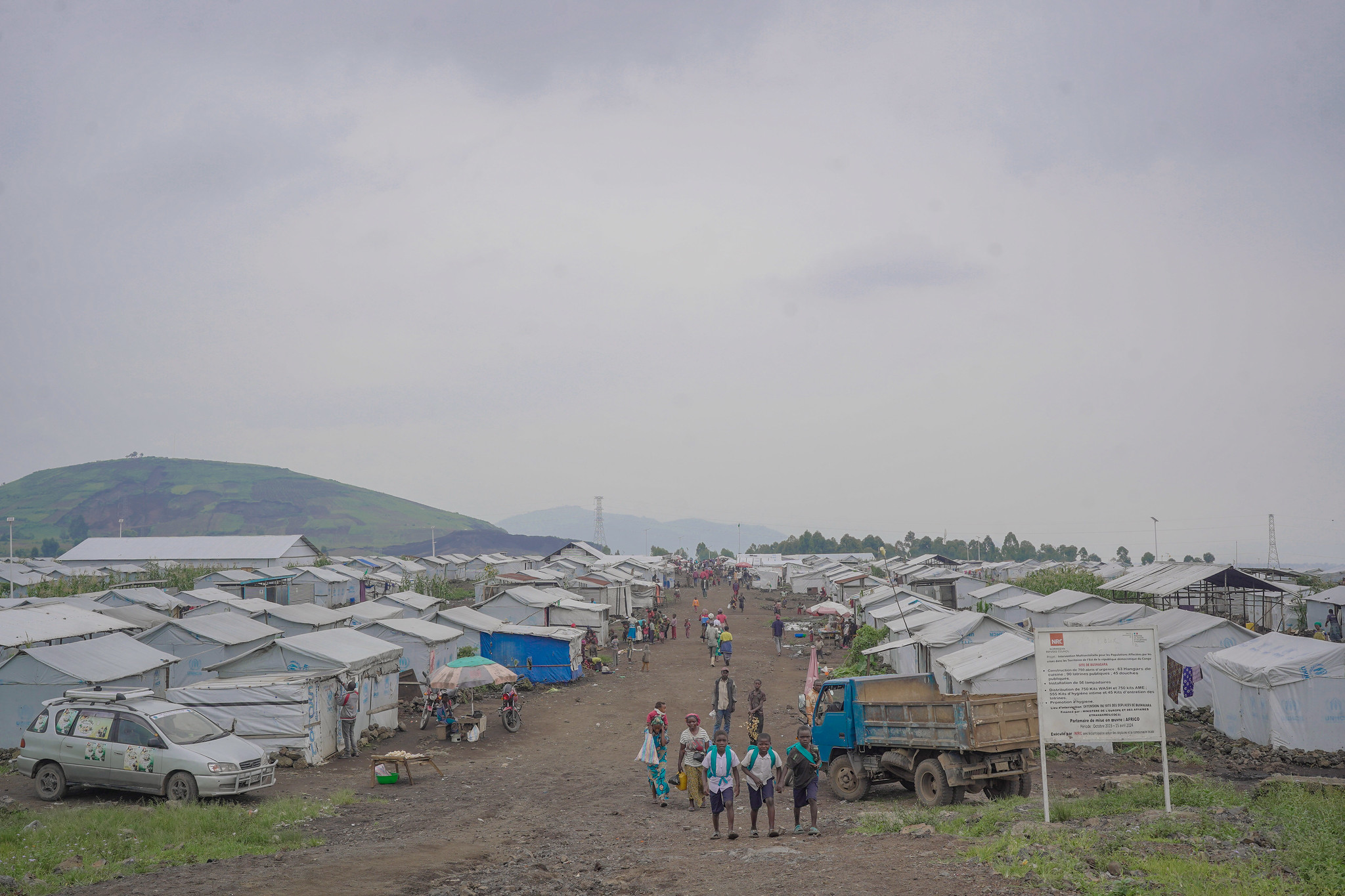Probable impacts of the
(particularly the Olympics phase)
on tenants in privately rented accommodation.
Document prepared from research by Martin Slavin.
“It is easier for the world to accept a simple lie than a complex truth”
Alexis de Tocqueville 1805-1859
The Government, the Mayor of London, the London Development Agency (LDA), the Olympic Development Authority (ODA) and the London Organising Committee of the Olympic Games (LOCOG) are all adherents to a corporate doctrine which promotes the development benefits which they insist will flow from hosting the Olympic Games. This boosterist doctrine ignores the many recorded planning shortfalls and negative impacts which have arisen from previous Olympic Games.
These all arise from the predictable failures of the simplistic theory of the trickle down effects of massive investments in infrastructure and elite sports provision to win medals.
The unpicking of these simple lies has been underway for over fifteen years now in the research work of a growing number of academics in economics, sociology, development planning, tourism, sport and ecology and other political activists. Their conclusions, about the wider social impacts of the Olympics and other ‘ mega-events’ like Expos and the World Cup, are published in academic and other sources. These sources are increasingly available via the internet to those with the curiosity, time and perseverance to look.
There are also a number of investigative journalists who have been exposing the endemic corruption within the International Olympic Committee which impinges on the bidding process and the continuing epidemic of performance enhancing drug use among elite athletes. ( See; http://www.playthegame.org/ )
I have chosen to focus my research on just one significant area of Olympic development policy among others. That is the complex truth of housing provisions tacked on to Olympic development programmes. These housing plans are increasingly seen by Social Democratic regimes as the ‘added value’ which will allow ill-informed and docile electorates to remain largely unpeturbed by the social displacement costs of the tax funded investments in these spectacles of sport.
The juggernaut of the London Olympics is seen as inexorable and faced by only a few local critics who have been pre-empted by a well funded, pro-active and boosterist ‘public consultation’ effort. But it is important to remember that we are only the latest locals who have to deal with the overwhelming ‘Olympic Effect’. This multinational circus industry is in continuous re-morphing development at new urban locations around the world. Through the internet and other public forums we have means at our disposal to access a growing body of critical knowledge about the simple lies of mega-event boosterism. We can make contact with and learn from other dissident critics who have been railroaded before or are facing future schemes. Some coalitions of local activists have shown themselves to be effective. In
See: http://www.breadnotcircuses.org/articles.html
1 Previous Olympic Games developments have produced a ‘gentrification’ effect on the housing market in areas surrounding the games locations.
Gentrification is a process in which low-cost, physically deteriorated neighborhoods experience physical renovation and an increase in property values, along with an influx of wealthier residents who displace the neighborhood’s original inhabitants.
Resulting rent increases and reduced supply of low-cost rental housing can displace lower-income and working class residents—often including members of minority groups.
It highlights the instability of renting: people might be forced to move away from newly-desirable areas because the landlords increase rents. Usually this conflict is limited to the local level; many who live outside urban areas may not be aware of it.
Extract from ‘Gentrification’ http://en.wikipedia.org/wiki/Gentrification
During the five years preceding the Games, 48,000 buildings, housing 720,000 people, were destroyed for redevelopment. Most of the demolished structures were single-story houses built with virtually no public investment; they were replaced with high-rise public housing projects widely criticized for disrupting the vitality and texture of the urban environment. Ninety percent of the 720,000 evictees did not receive replacement housing within the redevelopment site.
In the 1980s,
Although tenants accounted for a majority of the households in Substandard Housing Redevelopment districts, the joint development program did not recognize the interest of tenants and squatters in the redevelopment process.
According to Korean urban planner Kwang
-Joong Kim, “
Page 172, Staged Cities: Mega-events, Slum Clearance, and Global Capital, Solomon J. Greene, Source: http://islandia.law.yale.edu/yhrdlj/PDF/Vol%206/greene.pdf
See also; Hyung-Hook Kim, Experiences of Eviction in
The 1992 Olympics in
Bread Alert! Volume 2, Number 4 March 1,1998
http://www.breadnotcircuses.org/breadalert_v2n4_p1.html
In the case of the Barcelona Games ‘the market price of old and new housing rose between 1986 and 1992 by 240 percent and 287 percent respectively’ (Brunet,
Page 108, Mega Events and Human Rights, Brent Ritchie, University of Canberra, Michael Hall, University of Otago, NZ and Sheffield Hallam University, UK. In: HOW YOU PLAY THE GAME Papers from The First International Conference on Sports and Human Rights, 1-3 September 1999, ISBN 1 86365 566 2, Published 2000, Download PDF How You Play the Game (PDF) at ; http://www.hrca.org.au/activities.htm#Sport
Sydney 2000
The compilation of the personal experiences of tenants from a range of socio-economic backgrounds and and geographic areas, backed up by results of extensive surveys conducted by the Tenants’ Union, Rentwatchers and other groups, produced indisputable evidence of a widespread social problem of housing and homelessness that increased in the years before the Olympics. Whether the Olympics constituted the major cause or one of the many causes, the onus was on all levels of government to address the obvious crisis in housing by protecting tenants’ rights and preserving affordable rental accommodation.
Page 106, Housing and homelessness in the Olympic City, in ‘The Best Olympics Ever?, Social Impacts Sydney
As well as the examples cited such displacement by gentrification through Olympic development also occurred in
2 This is caused by the anticipated and actual improvements to those areas arising from massive infrastructural investments.
…over the last two decades the mega-event has been used as an inner-city redevelopment planning tool. This role, in combination with the pressures created by millions of …… visitors, has tended to create four main forms of housing impacts:
(1) on-site impacts;
(2) post-announcement speculative impacts;
(3) pre-event tourist accommodation supply impacts; and
(4) post-event impacts.
Page 5, Urban Mega-Events, Evictions and Housing Rights: The Canadian Case, Kris Olds, Department of Geography, National University of Singapore,2004 Read online at;
http://www.idrc.ca/en/ev-32007-201-1-DO_TOPIC.html
3 The most vulnerable sector of the local populations who have suffered negative impacts on their housing choices in other Olympic cities are the poor with insecure tenure on their homes.
The widespread negative social impacts of hallmark events and mega projects on host cities have been extensively documented and analysed (Hall, 1989, 1994, 1998; Olds, 1998; Rutheiser, 1996). A study commissioned by Shelter New South Wales, a peak housing body, examined the impact of six international events on local communities – the America’s Cup in Freemantle, the Brisbane Expo (trade fair), Sydney’s Bicentennial, the Barcelona Olympics, the Atlanta Olympics, and Melbourne’s bid for the 1996 Olympics- as well as the potential impact of the 2000 Olympics on Sydney. The report provided irrefutable evidence that, in the absence of appropriate policy measures, hallmark events had a negative impact on housing, particularly on low income private renters. Monitoring the housing market, strengthening existing planning controls and residential tenancy legislation, controlling private rentals, and increasing the supply of low cost accommodation were identified as as key policy recommendations (Cox, Darcy & Bounds, 1994).
Page 89, Housing and homelessness in the Olympic City, in ‘The Best Olympics Ever?, Social Impacts Sydney
These impacts will include
A On-site impacts
Olympic evictions at
The
http://www.squatter.org.uk/index.php?option=com_content&task=view&id=27&Itemid=2
B Post-announcement speculative impacts.
Buy-to-let investors are racing to invest in east
http://www.housepricecrash.co.uk/forum/lofiversion/index.php/t21379.html Jan 2 2006
C Pre-event labour and tourist accommodation supply impacts
Immigrant workers bring a buy-to-let boom for Paragon Evening Standard May 26 06
A WAVE of eastern European immigrant workers is giving a boost to
Chief executive Nigel Terrington said: “There was a big shift in eastern European immigration last year, giving strong tenant demand.”
D Post event impacts
Following the closure of Expo ’86[
Pages 14-15, Urban Mega-Events, Evictions and Housing Rights: The Canadian Case, Kris Olds, Department of Geography,
http://www.idrc.ca/en/ev-32007-201-1-DO_TOPIC.html
4 In East London it is those who live, often in overcrowded privately rented accommodation under short let tenancies, who are the most vulnerable. With rents rising in a boom market they are likely to experience rent increases above the average for London and/or be given notice by landlords seeking to profit from property values rising faster than regional rates. This is a population which already has an annual ‘churn rate’ of 40%
Olympic Borough borough rental statistics
|
Number of Households |
Hackney |
Newham |
Tower Hamlets |
|
Total |
|
Renting from: Private landlord or letting agency: Count |
12,632 |
15,399 |
12,215 |
13,256 |
53,502 |
5 Although the London Development Agency are committed to building up to 42,200 homes in the region, up to 2016, the provision of suitable new affordable homes in the region is unlikely keep pace with the displacement of private rental tenants.
By Sally Miruri and Irene Kinoti, from Pamoja Trust Government-Ordered Evictions and the Crisis in Informal Settlements On May 2, 2024, the Ministry of Interior, Kenya issued a mandatory evacuation [...] >> El Caso de Argentina >> El feminismo en el foco >> Logros Feministas >> Impacto en la Vivienda y el Hábitat >> Testimonios Este mes de marzo, HIC [...] Image Munigi,Nord Kivu,RDC © “Creative Commons” by MONUSCO Photos via Flickr license BY CC 2.0. La República Democrática del Congo (RDC) se enfrenta a una de las crisis humanitarias más [...]Evicted and Forgotten: The Gendered Consequences of Nairobi’s Riparian Evictions
Argentina: Perspectivas, resistencia y violaciones de los derechos humanos en la crisis de políticas regresivas de Milei
HIC se solidariza con el pueblo de la República Democrática del Congo


